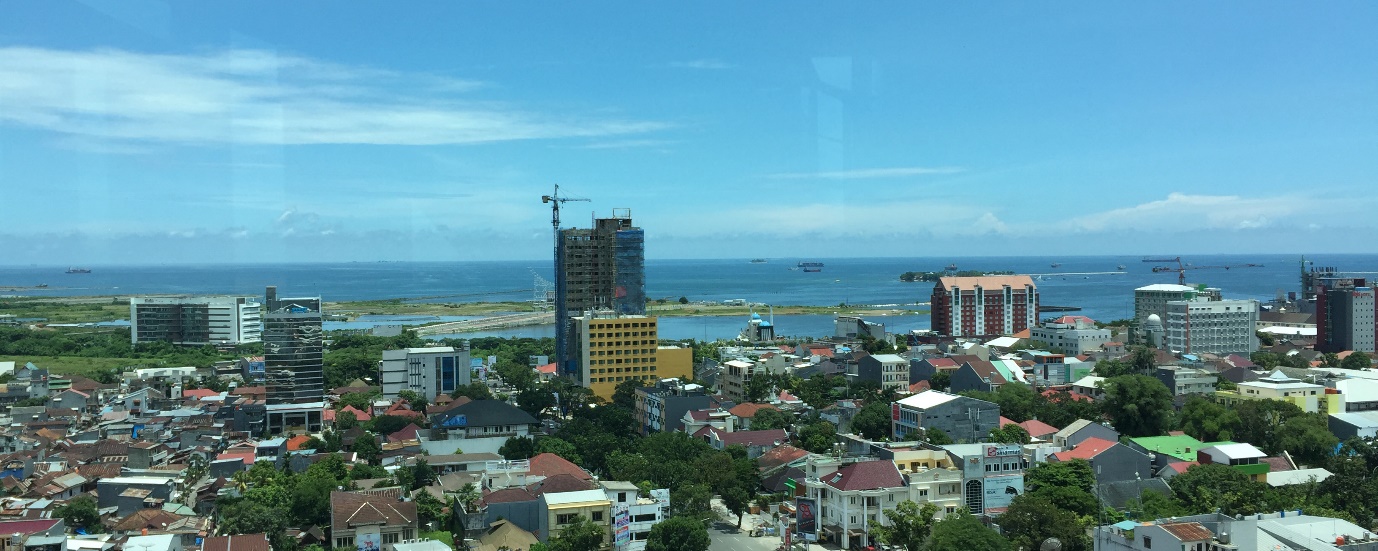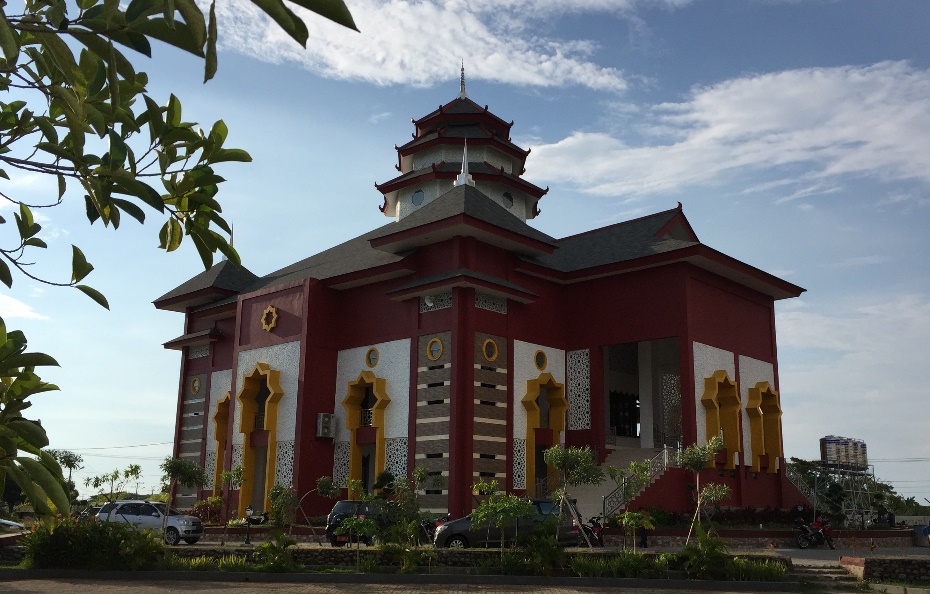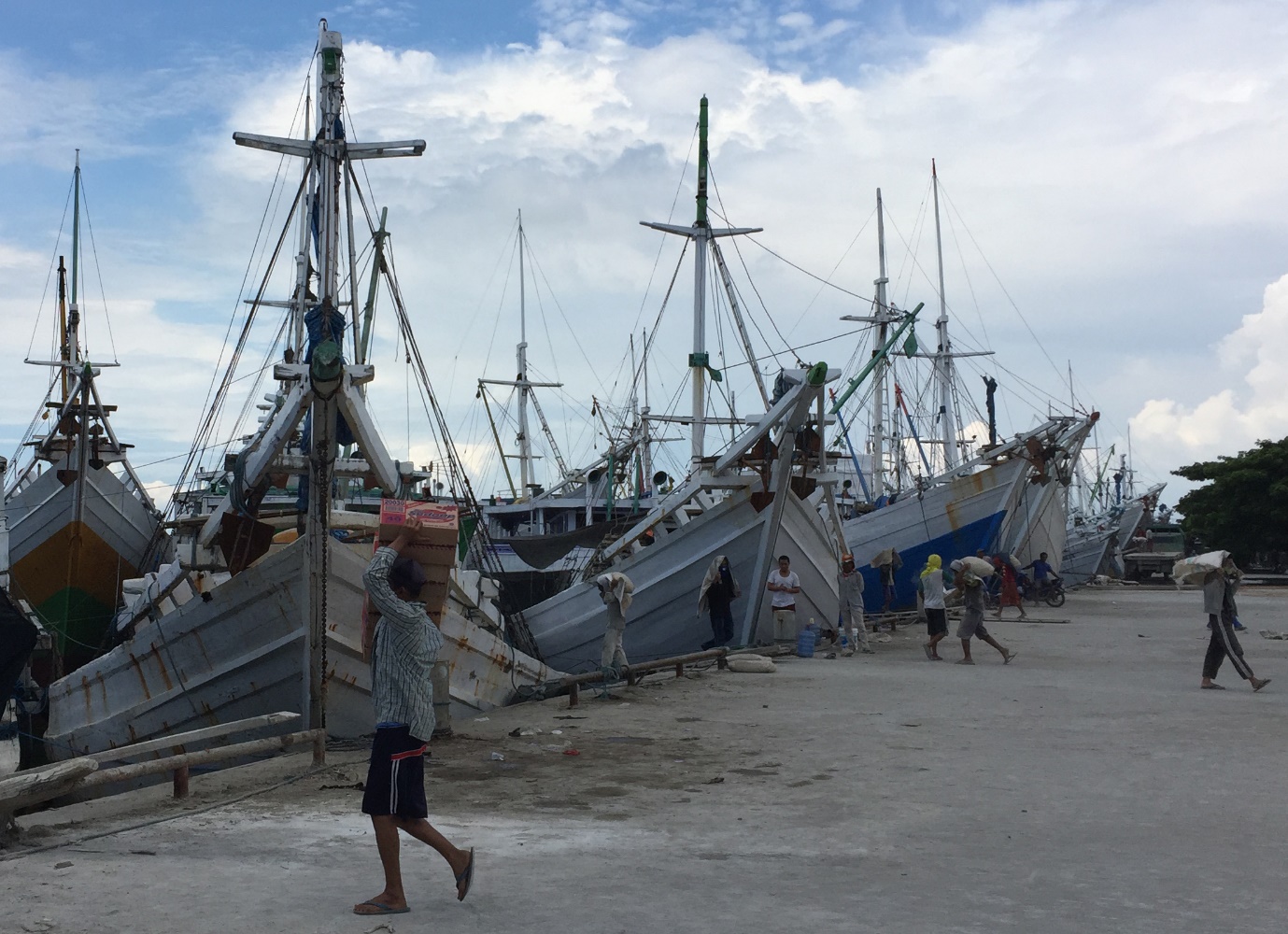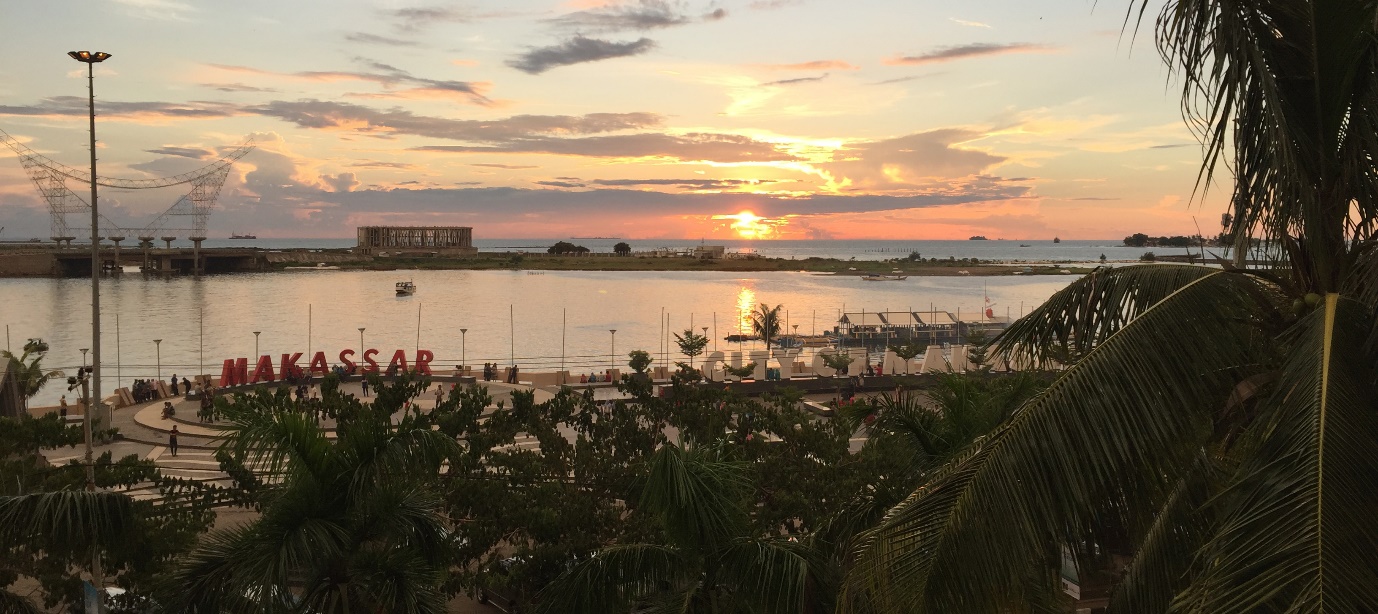We have been in Makassar long enough now for me to be able to paint a picture of life in this eastern Indonesian metropolis. Makassar’s actual population according to official central government statistics is just under 1.4 million: but the Mayor of Makassar, Danny Pomanto, has told me that if you add the number of commuters from neighbouring regencies the day time population reaches 1.8 million.

Fast growing Makassar
The majority of the people of Makassar are ethnic Bugis or Makassarese; smaller numbers of people from the Toraja and Mandar tribes also live in Makassar. There is a sizeable Chinese community: one estimate is that as much as ten per cent of the population are Chinese. Then there are also pockets of temporary and permanent migrants from the eastern islands as far as Papua: being the largest city in the eastern provinces Makassar has become a magnet for people looking for education and work. There are also workers and officials from Java and other parts of western Indonesia, and a handful of non-Indonesian expatriates.
The majority of Bugis and Makassarese are devout Muslims, and prayer and religious festivals dominate the cultural life of the city. Mosques are on almost every street corner. The Chinese have been in Makassar for centuries mainly working in business and commerce. Makassar has several impressive Buddhist and Daoist temples, and a new Chinese mosque. The Mandar tribe are Muslims; the Torajans are mostly Christian. Many migrants from the eastern islands are Christian (ie in Indonesia this means one of the protestant faiths) or Catholic (designated as a separate religion).

Mhd Cheng Ho Mosque, Makassar
So the town is a complicated melting pot. Muslim, Christian, Chinese and other religious festivals happen all year round and communities from all faiths participate in each other’s festivals. For example at the end of the fasting month of Ramadhan there is a tradition of “open house” as in many parts of Southeast Asia: friends and contacts of all faiths are welcome to drop in and pay their respects.
Another great thing about this city is its food. There are several famous seafood restaurants in Makassar, and no visit to this town could be complete without a feast at one of these restaurants. The fish is fantastic: one of my favourites is fried boxfish (ikan Kudu-Kudu) cutlets . Now the Mayor, Pak Danny, is popularising Makassar cuisine and has enumerated ten local dishes that are worth noting. One, coto Makassar, is a spicy, soupy dish with beef and cows' organs (e.g. liver and brain), and is eaten with rice cake (ketupat).
Makassar is also a big unruly city in a fast developing country, with poor infrastructure and facilities compared to what people are used to in rich countries. Like many cities in Southeast Asia, most waste water flows into rives and canals. Roads are crowded and full of potholes and dangerous obstacles. Driving behaviour is poor and the road toll is high. In 2016 there were 1,047 road deaths throughout South Sulawesi (population of around 8.5 million), which is around 2.3 times the fatality rate on Australian roads. When asked what it’s like living in Makassar I often reply it’s like a smaller version of Jakarta, but with better food and amazing sunsets.
The city is experiencing a building boom. Several new four and five star hotels have recently opened; the Kalla Group is building a big green-energy shopping and office mall near the Governor’s office complex; and new housing developments are constantly opening up around the Tanjung Bunga area (south of the main entertainment area of Pantai Losari).
The biggest development is the Centre Point of Indonesia complex being developed by the Ciputra group on 157 Ha of reclaimed land just off the coast near Pantai Losari. This development will consist of shops, hotels, high quality housing and apartment complexes, and 50 Ha for public use including a State Guest House (Wisma Negara) that is nearing completion.
Makassar has been a centre for trading and shipping for centuries, and today has a large container and bulk goods port from which goods are shipped all over eastern Indonesia. This port has reached peak capacity so the national government has plans to build a new port further north of the existing port on reclaimed land. This port will have five times the container capacity of the existing port.
But not far from the centre of town there still exists the traditional port of Paotere, where wooden phinisi perahu sailing ships carry goods such as cement and building materials, plastic goods and kitchenware, rice, noodles and flour, to many of the thousands of islands across the eastern provinces. These ships with their graceful lines are around 20 - 35 meters long and have two masts. The traditionally are set with seven sails, but most used for transport now also have diesel motors. Phinisis are still made in the district of Bulukumba in the southeast of South Sulawesi, with many orders nowadays coming from wealthy folk looking for luxury cruising boats. The fittings are often more expensive than the original hull.

Paotere Harbour
Life aboard a wooden phinisi is not comfortable (except in the luxury versions…), but it is adventurous. In the dry season, sailing across the relatively calm waters of the Flores Sea, or the Banda Sea, navigating the Makassar Strait and its hundreds of islands, stopping at distant, isolated communities off the capes of Southeast Sulawesi, or further in the Arafura Sea, would be many a young Bugis sailor’s dream.
Indeed, these sailors from Makassar were renowned for their annual voyages as far as the north of Australia throughout the 18th and 19th centuries, in search of sea-cucumber (beche-de-mer) which was and still is a very popular ingredient in Chinese cooking. The myths and stories surrounding these old voyages still form a cultural bond between people from Makassar and northern Australia.
And stories are another important thing about Makassar. The sureq galigo is a Bugis creation myth, almanac for everyday living and fascinating story, and in its written form consists of some 300,000 lines of text in Buginese. It is still sung at important traditional events.
This love of story also comes alive every year at the Makassar International Writers Festival, which is held in May at the old Fort Rotterdam on the coast just north of Pantai Losari. At the Australian Consulate-General, we are looking forward to supporting this year’s festival from 17 – 20 May 2017, which will include some writers from Australia.

